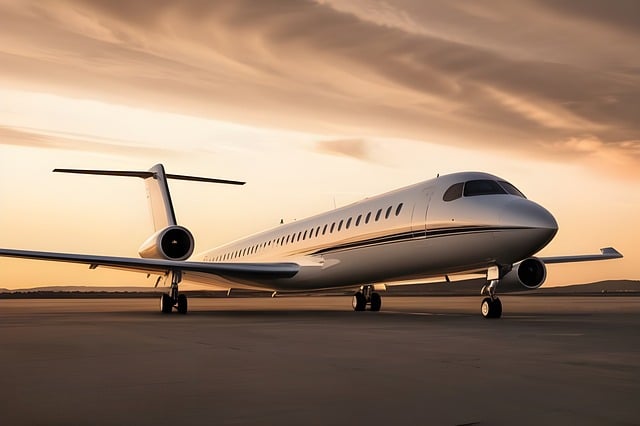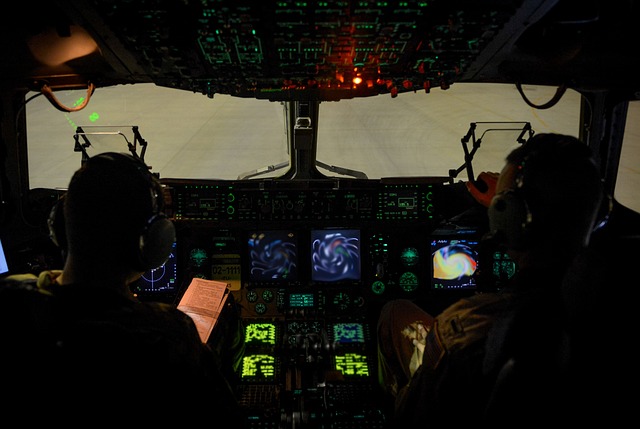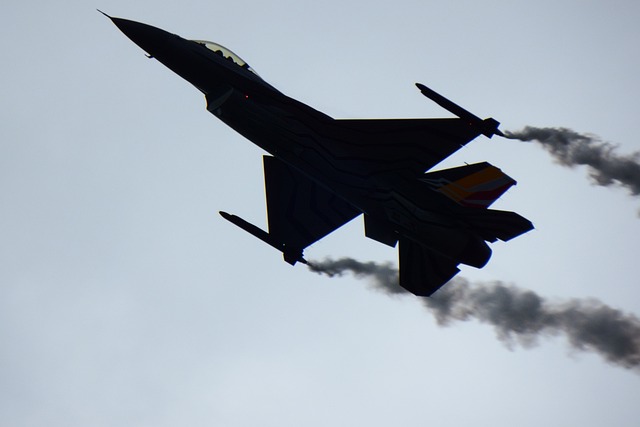Aerospace engineering has revolutionized aviation with historic milestones like the Wright Brothers' flight and the Concorde's supersonic travel. Innovations in materials such as carbon fiber composites have led to lighter, faster, and safer aircraft. Advancements in aerodynamics, propulsion, and avionics have extended flight ranges, reduced noise, and improved navigation and communication systems. The jet engine transformed air travel by shortening flight times, while fly-by-wire technology and widebody designs enhanced passenger comfort. Today's aerospace industry is pioneering sustainable solutions, focusing on cleaner fuels and quieter engines to address environmental concerns. Current developments include the use of geared turbofan engines for better performance, lighter materials for stronger structures, and design innovations like composite materials and blended wingbody aircraft to improve fuel efficiency. Aviation is now increasingly sustainable, with electric and hybrid-electric propulsion systems in short-haul flights and greener technologies in military UAVs. AI-driven predictive maintenance, autonomous flight, and quantum computing for optimizing routes are set to further advance safety and efficiency. The future of air travel is shaping up to be more sustainable, efficient, and accessible, with a strong emphasis on bio-inspired designs and technologies that reduce environmental impact and make flying safer and more environmentally friendly.
Embark on a journey through the skies with “The Essential Role of Aerospace Engineering in Modern Aviation: The Science of Flight.” This article explores the transformative milestones in aerospace engineering that have reshaped the landscape of air travel, from the early feats of flight to the cutting-edge designs and propulsion systems that propel us today. Delve into the next frontier as we examine the innovations paving the way for a sustainable future in aviation, where technological advancements promise to redefine the boundaries of what is possible. Join us as we unravel how the science of flight intersects with engineering prowess to continue the legacy of exploration and discovery, ensuring a smoother, more efficient, and eco-friendly journey through the skies.
- Aerospace Engineering Milestones Shaping Modern Air Travel
- Innovations in Aircraft Design and Propulsion Systems
- The Future of Flight: Sustainability and Technological Advancements
Aerospace Engineering Milestones Shaping Modern Air Travel

The evolution of aerospace engineering has been instrumental in shaping the modern aviation industry, with key milestones marking significant advancements in flight technology. From the Wright Brothers’ first powered flight in 1903 to the supersonic Concorde in the 1970s, engineers have consistently pushed the boundaries of what is possible. The development of lighter and stronger materials, such as carbon fiber composites, has allowed for the construction of aircraft that are more fuel-efficient and capable of sustaining higher speeds with greater safety standards. Advances in aerodynamics, propulsion systems, and avionics have led to the creation of aircraft with longer ranges, quieter engines, and enhanced navigation and communication capabilities. The introduction of the jet engine in the 1950s revolutionized air travel by significantly reducing flight times, making it feasible for people to fly across continents in hours rather than days. Further innovations, like the fly-by-wire technology and the widebody aircraft designs that followed, have transformed the passenger experience, making modern aviation a testament to human ingenuity and an ongoing commitment to improving efficiency, safety, and comfort in air travel. The ongoing research into sustainable aviation fuels, aerodynamic enhancements, and quieter engines underscores the aerospace engineering community’s dedication to addressing current challenges such as environmental impact and resource management. These advancements continue to set new milestones, ensuring that modern air travel remains a dynamic and evolving field.
Innovations in Aircraft Design and Propulsion Systems

Aerospace engineering continues to evolve at a rapid pace, driving significant innovations in aircraft design and propulsion systems that underpin the advancement of modern aviation. The quest for enhanced fuel efficiency and reduced emissions has led to the development of more efficient engine designs, such as the geared turbofan, which improves thrust-to-weight ratio while reducing noise pollution. These engines are reshaping the landscape of commercial flight by offering airliners greater range capabilities and the ability to fly longer routes without compromising on performance or passenger comfort.
In parallel with engine innovation, aircraft design has seen a paradigm shift towards lighter materials and streamlined aerodynamics. The incorporation of composite materials has not only led to lighter and stronger structures but also facilitated the creation of more spacious cabins. This shift has enabled manufacturers to push the boundaries of what is possible in terms of aircraft size and capacity, while simultaneously reducing the environmental impact. Additionally, advancements in aerodynamics, such as blended wingbody designs, are set to further improve fuel efficiency by reducing drag and enhancing lift. These innovations are a testament to the relentless pursuit within the field of aerospace engineering, ensuring that the science of flight remains at the cutting edge of modern aviation technology.
The Future of Flight: Sustainability and Technological Advancements

As the aviation industry continues to evolve, sustainability emerges as a pivotal challenge and opportunity for aerospace engineering. The future of flight is deeply intertwined with the commitment to reduce environmental impact, propelling engineers to innovate in materials science, alternative energy sources, and aerodynamics. The development of electric and hybrid-electric propulsion systems is set to transform aviation, enabling shorter-haul flights with significantly lower carbon emissions. These advancements are not confined to commercial travel; military applications are also exploring the use of greener technologies in unmanned aerial vehicles (UAVs), which play an increasingly vital role in surveillance and reconnaissance missions.
Moreover, technological advancements are poised to redefine the very fabric of air travel. The integration of artificial intelligence (AI) and machine learning is set to enhance predictive maintenance, leading to more reliable and efficient aircraft operations. Autonomous flight technology, currently under development, promises to increase safety and reduce human error. Quantum computing holds the potential to revolutionize flight planning and optimization, significantly cutting down fuel consumption and journey times. The fusion of these technologies with bio-inspired designs that mimic nature’s efficiency will pave the way for a new era in aviation, one that is not only more sustainable but also safer and more accessible to all.
Aerospace engineering stands as a cornerstone of modern aviation, continually advancing the science of flight. From historical milestones to cutting-edge innovations in aircraft design and propulsion systems, the field’s evolution has been pivotal in shaping the skies we traverse today. As we look to the future, sustainability and technological advancements promise to usher in a new era of aviation, one that will redefine the boundaries of what is possible. The relentless pursuit of efficiency, safety, and environmental stewardship will undoubtedly propel the industry forward, ensuring that the wonders of flight continue to uplift humanity for generations to come.
